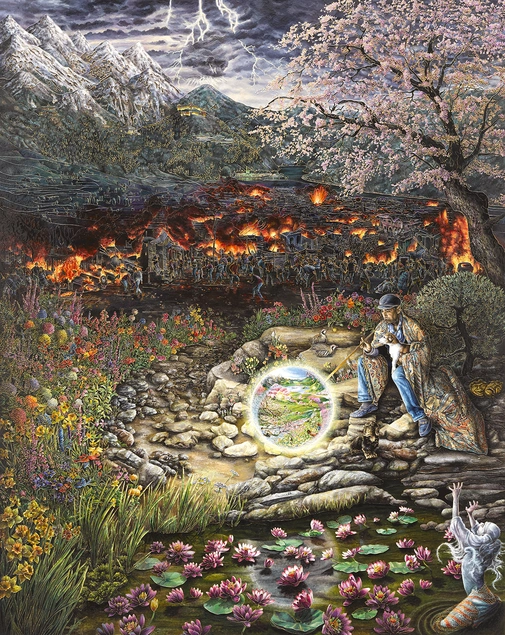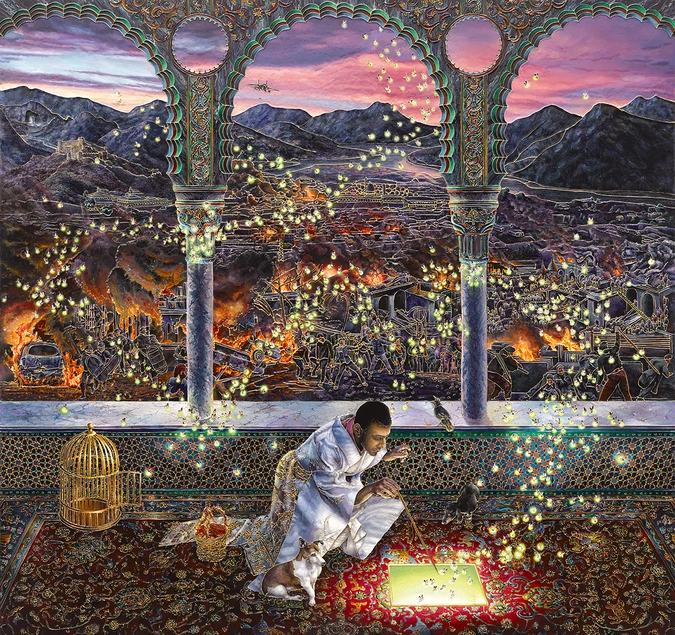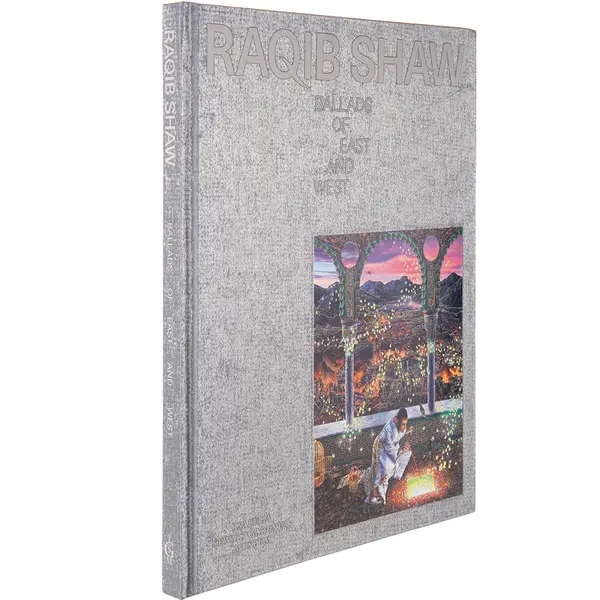Raqib Shaw: Ballads of East and West
Shaw first visited London in 1992 and discovered the National Gallery’s collection of Italian and Northern Renaissance art. Profoundly moved, he decided to become an artist. Shaw enrolled at Central Saint Martins and completed his master of arts degree in painting in 2002.
In 2014, Shaw had a breakthrough when he started mixing his own paint with a machine, resulting in enameled colors of glossy intensity that he manipulates with porcupine quills. The new paint inspired him to engage directly with Renaissance paintings and their glorious representations of textures, fabric, and stone.
Courtesy of Tate © Tate, 2024
Raqib Shaw: Ballads of East and West is a nationally touring exhibition organized by the Frist Art Museum, Nashville, and the Isabella Stewart Gardner Museum, Boston. It was first presented at the Frist Museum from Sept. 15 through Dec. 31, 2023, followed by presentations at the Isabella Stewart Gardner Museum from Feb. 15 through May 12, 2024; The Museum of Fine Arts in Houston, Texas, from June 9 through Sept. 2, 2024; and The Huntington from Nov. 15, 2024, through March 20, 2025.
Raqib Shaw: Ballads of East and West is organized by the Frist Art Museum, Nashville, and the Isabella Stewart Gardner Museum, Boston, with guest curator Zehra Jumabhoy.
Generous support for this exhibition is provided by Dorian Huntington Davis. Additional support is provided by the Cassat Art Endowment, the Douglas and Eunice Erb Goodan Endowment, the Pasadena Art Alliance, and the Philip and Muriel Berman Foundation.
Essay and catalog entries by Zehra Jumabhoy with a foreword by Seth Feman, CEO and executive director of the Frist Art Museum, and Peggy Fogelman, Norma Jean Calderwood Director of the Isabella Stewart Gardner Museum.





